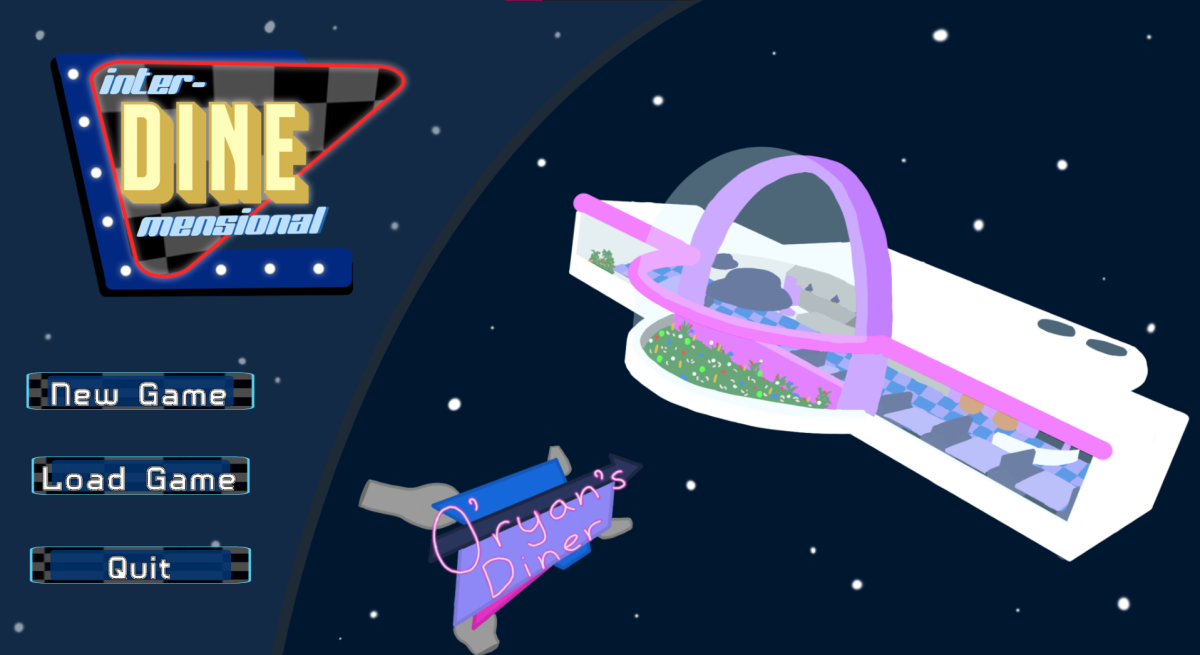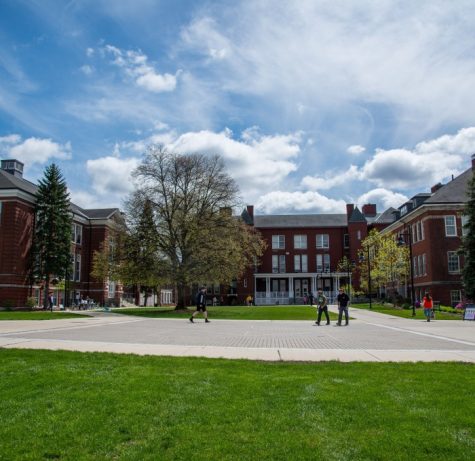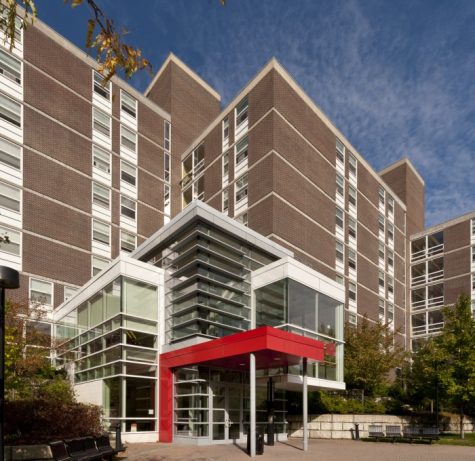Dashers are not the Only Ones Dashing: Mobile Ordering and Delivery Apps Overwhelm Fast-Food Employees
March 25, 2021
-Brittany Eldridge
Since the start of the COVID-19 pandemic, the majority of individuals have become accustomed to the long list of mobile ordering services: DoorDash, GrubHub, Uber Eats, and Seamless to name a few. At the start of the pandemic, customers in quarantine cooked from home and as a result, restaurants, particularly small businesses, struggled financially.
Yet, the need for fast and easy food options prompted customers to turn to mobile app ordering, curbside pickup, and delivery. This huge shift in how individuals obtained their food resulted not only in more profits for these mobile ordering apps, but also in the creation of new apps and the expansion of mobile ordering through previously unexplored avenues.
Regarding profits, GrubHub reported a 48% increase in revenue in the past year. DoorDash added 6.9 billion dollars to the U.S. economy in 2019, according to their 2019 economic impact report. Despite the benefits to the economy and the assurance of customer safety, there are flaws in how these apps are utilized in fast-food restaurants. It is easy to look at the financial benefits and positive outcomes for dashers, small businesses, and customers, but these services put a lot of stress and fatigue on the fast-food employees who now have to keep track of, process, make, and package mobile orders, curbside orders, delivery orders, and both drive thru and front counter orders.
Both McDonalds and Starbucks have experienced such substantial increases in mobile ordering that have resulted in both reductions in tips and stark increases in turnover, according to Business Insider. One new dilemma fast-food employees must face is that of managing multiple machines at once. Employees at McDonalds in Los Angeles, for example, faced the challenge of adjusting to curbside pickup and delivery options starting in 2018. According to the Los Angeles Times, drive-thru times slowed by thirty seconds as a result.
It is stressful enough when both the drive thru and front counter are backed up with orders, but then the On the Go and DoorDash alarms can still go off, as well. It can be difficult to prioritize one order before the other, because dashers, mobile order customers, front register, and drive thru customers can all show up at the same time. The DoorDash machine does give some warning as to when dashers will arrive, but they often show up before the order is even processed.
The same is true of mobile order customers, who then hold up the line as their sandwiches and lattes are not even made yet. This increase in orders to keep track of, as well, can lead to order mishaps in which the wrong orders are handed out. Often, these orders are not stored in the computer system, so each order must be placed on the mat in order to avoid confusion.
Many fast-food restaurants promote limited-edition items and seasonal flavors (such as pumpkin muffins and eggnog, for example). Unfortunately, these items are not always removed from the app menus when they are no longer available. Products that are sold out for the day at a restaurant location, as well, are still listed as available on mobile apps for customers to purchase. This can result in both customer and employee frustration, as customers look forward to purchasing items they enjoy and employees have little to no control over which products are in stock. The way in which orders are detailed on delivery receipts, as well, may differ from the detailing system of the restaurant.
For example, at Dunkin Donuts, a number system is used for detailing flavor shots and swirls in coffees (two pumps of caramel is considered the standard, for example, while three pumps would be extra). On Dunkin Donuts’ mobile order receipts, in contrast, coffee swirl amounts are denoted as regular unless “one extra swirl” or “one less swirl” is typed on the receipt. In the case of frozen beverages, “cream” may be added randomly to an order and the employee may assume that the customer wants whipped cream, even if they do not.
In addition, in the case of DoorDash and other delivery options, the restaurant employee is conversing with the dasher, not the customer. If a customer enters the drive thru to pick up a mobile order with missing or unavailable items, then the employee can offer solutions and the customer can select the ones that work best for them. Then, if the dasher arrives to pick up a delivery order with unavailable items, the dasher has to contact the customer through the app. This is a far lengthier and more complicated process.
While customer interaction is now limited for safety reasons, this reduction in socialization takes away from the atmosphere of restaurants. With mobile ordering, it is more difficult to converse with customers and to form a relationship with them. Customers are also less likely to tip employees if they are not interacting with them. This can result in a reduction in employee motivation. And, when an employee does make a mistake with an order, the customers are less likely to be understanding and more likely to dehumanize the individual. CNBC stated that, with the increase in kiosks and mobile ordering, and the decrease in employee satisfaction, the food service industry may become fully automated, one day.
While mobile ordering and delivery options help keep customers and employees safe, and keep small businesses running, some improvements in these systems will benefit employees and customers, alike. Many restaurants are short-staffed and must scramble to assemble orders, so hiring employees specifically for managing mobile orders may reduce the workload on stressed employees. Another possible option may be to limit the hours in which mobile orders and delivery orders are available at night.
While DoorDash typically does not allow full-menu ordering until hours after restaurants open, they tend to allow orders to be placed up to half an hour before the restaurant closes. This prevents employees from cleaning and stocking the store. In addition, many food items are sold out by the end of the night. More frequent app updates and a better system for reporting menu changes and out-of-stock item notices may improve customer satisfaction, as well. Besides updating apps, if DoorDash orders could be processed as mobile orders are, without the need for having to detail the orders on another machine, then employees could work faster and reduce register lines.
If mobile app services, delivery services, and restaurant employees can all communicate with each other, then both restaurant employees, and the customers they serve, will benefit.


















Alesha Murray • Feb 22, 2022 at 7:15 am
It’s laughable to think employers that use delivery apps will hire a person just to fill delivery app orders… If they are getting current employees to do it why ever would they give up their profit in the sake of their employees stress levels and mental health, that is a foolish thought…